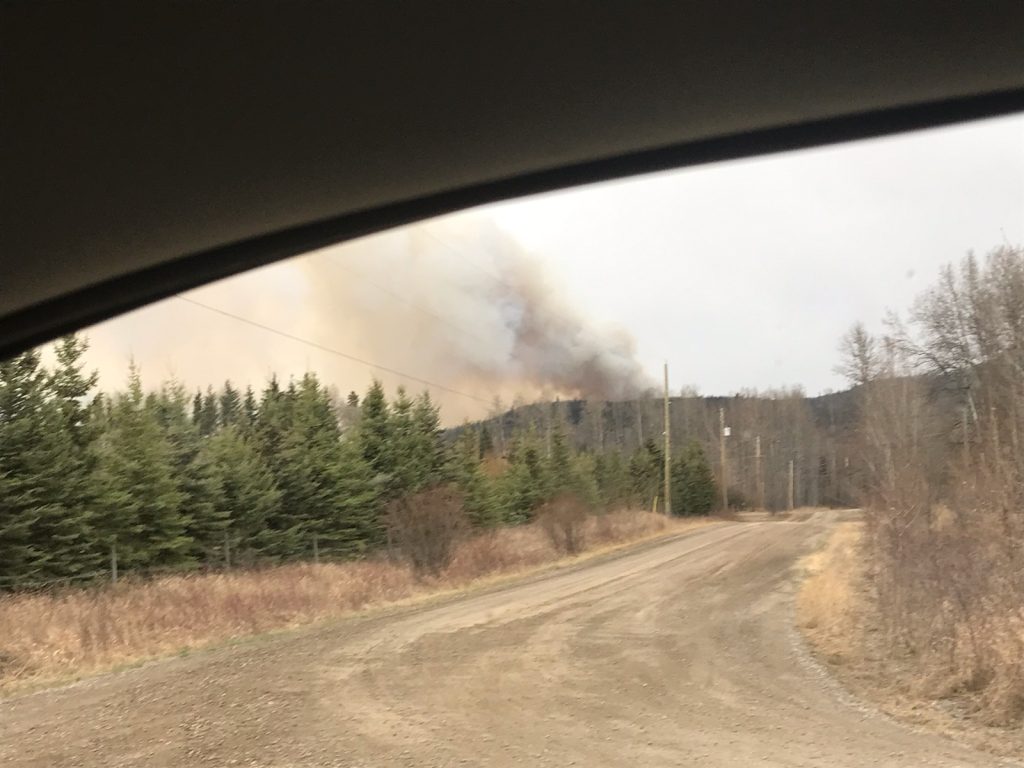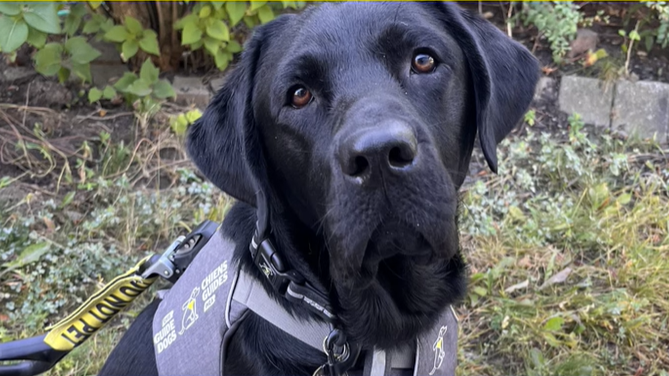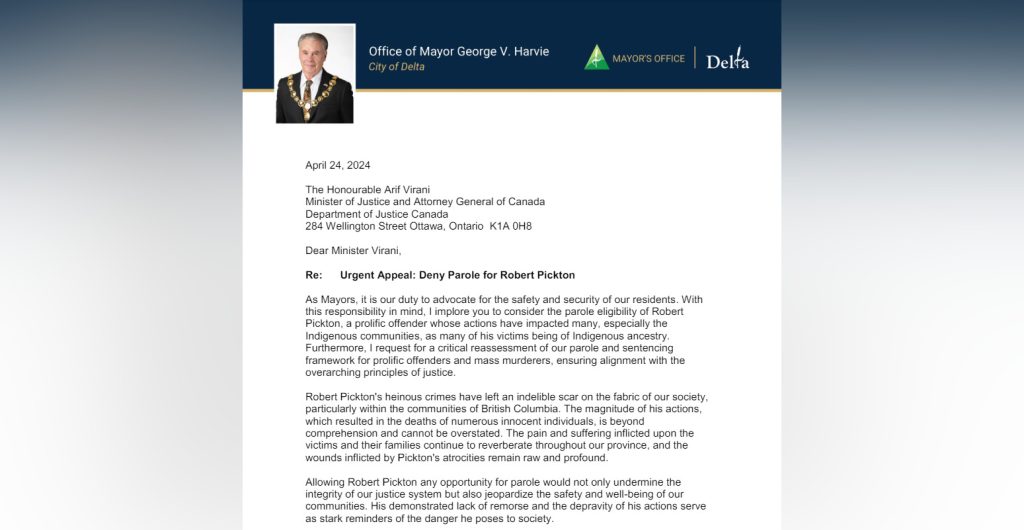‘A thousand little things’ restore Burrard Inlet to suitable orca habitat
Posted April 26, 2019 7:15 am.
Last Updated April 26, 2019 7:20 am.
VANCOUVER (NEWS 1130) – Two recent visits by two separate pods of Bigg’s killer whales passing through Burrard Inlet were made possible thanks in part to decades of cleanup efforts, stricter rules for industry and habitat restoration.
As herring and other keystone species return to the waters, director of the BCIT Rivers Institute, Ken Ashley, says it’s likely we’ll see more marine mammals in the area.
“The water quality in Burrard Inlet is as good now probably as it’s been in 100 years,” he says.
‘Like a plane that was in a nose dive’
The rapid industrialization of the North Shore waterfront started shortly after colonization with logging of the pristine old growth forests.
“It didn’t matter what it was whether it was logging or damming rivers,” says Ashley. “No one was thinking about habitat issues then … basically it was just develop at all costs.”
He says development continued nearly unbridled until the 80s, leaving the inlet and Indian Arm uninhabitable to most marine life, including cetaceans.
“It was kind of like a plane in a nose dive going into the ground and then all these things caused it to level off and hopefully we’re gaining altitude now,” he says.
“Since the 1980s and then dramatically in the 2000s the amount of pollutants introduced into Burrard Inlet has gone down through better regulation, management, source control.”
Trans Mountain fine drove restoration efforts
Following a 2007 oil spill, Trans Mountain and other involved companies agreed to pay a total of about $450,000 to the Habitat Conservation Trust Foundation. Through fund matching, about $3 million was raised to restore habitat in the inlet, on top of $15 million spent on cleaning up the initial spill.
Those projects started in 2013 and focused mostly on the North Shore where a number of estuaries and streams required repairs.
Ashley says there have been new and better regulations placed on polluting industries, wetland and estuary restorations and water quality review work that has lead to cleaner waters.
While he says it not possible to keep Burrard Inlet pristine given its proximity to a number of municipalities, it is much better than before.
That’s meant the return of herring and trout which support pinniped populations and bolster the food chain from the bottom up.
“It’s death by a thousand cuts that causes critters to go away; it’s usually a thousand little things that causes them to come back,” he says.
Two separate pods of Bigg’s transient whales say hello
Twice within two weeks two pods of transient whales popped into Vancouver harbour to say hello.
By observing dorsal fin patterns biologists were able to identify the most recent group of whales as the T049As. The group of five travels with matriarch female born in 1986 and her four offspring.
Last Tuesday, it was a different group of Bigg’s whales: matriarch T101, born before 1973, with her three sons.
According to scientists at Ocean Wise, Bigg’s killer whales, unlike resident killer whales, feed on marine mammals like seals, sea lions, and other cetaceans like dolphins and whales.
The Vancouver Aquarium-based program says proposed seal and sea lion culls are not necessary and could harm Bigg’s populations.
“Killing pinnipeds to protect Chinook salmon and help resident killer whales is akin to robbing Peter to pay Paul,” said Barrett-Lennard, director of the Marine Mammal Research program at Ocean Wise.
“A cull of the seal population in the Salish Sea will negatively impact mammal-eating killer whales, and because seals eat more salmon predators than they do salmon, it could even harm the fish-eating whales.”










